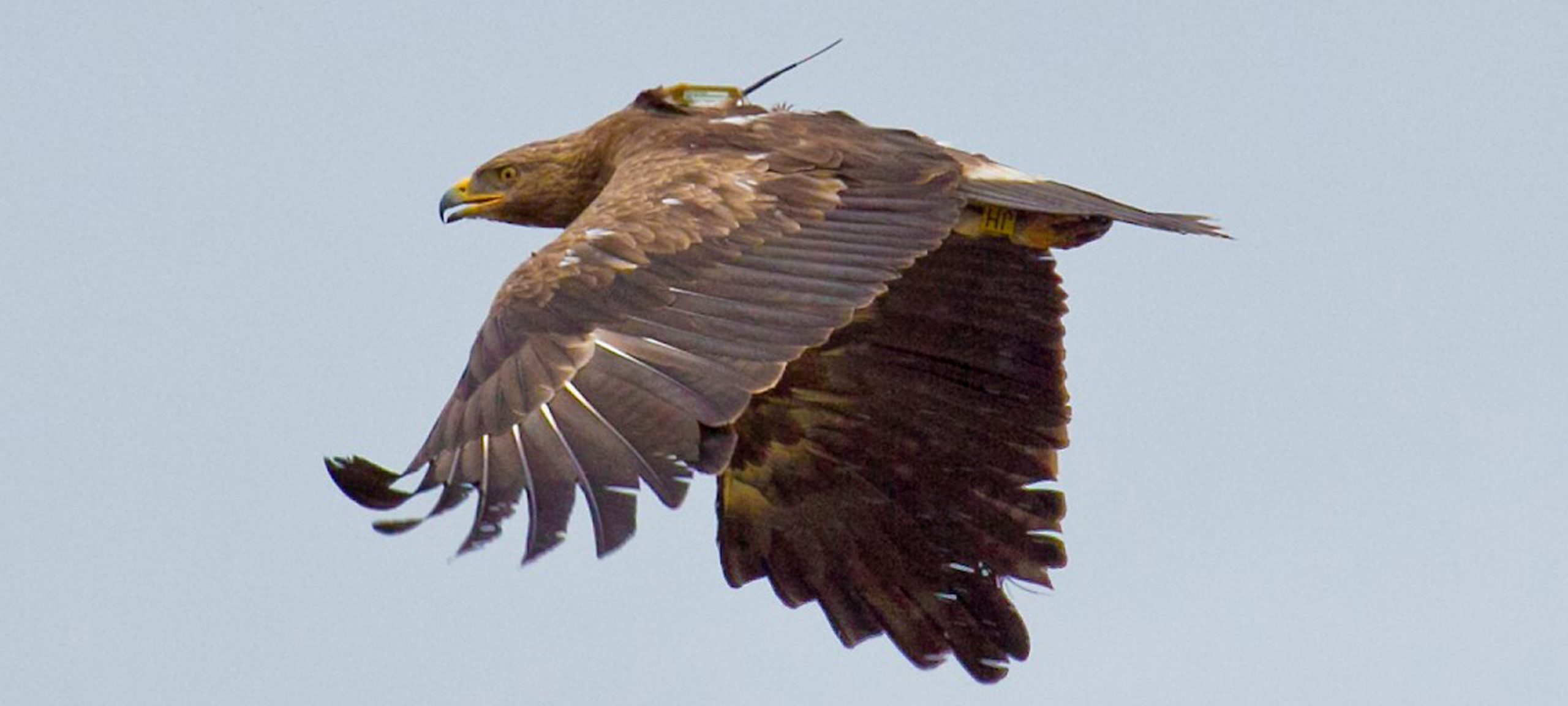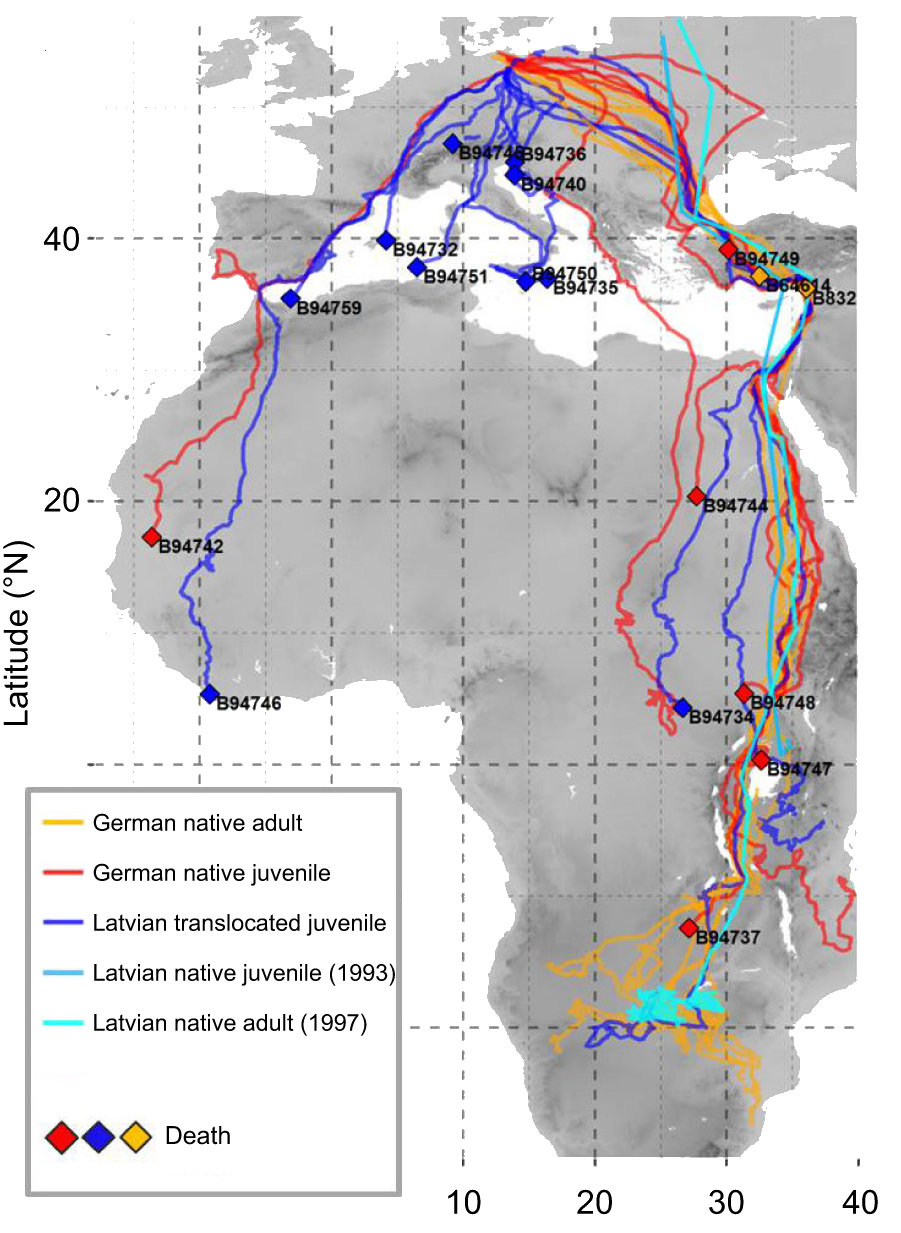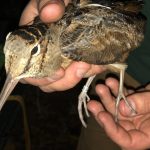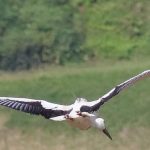← Back
How do lesser spotted eagles learn their migration routes?

Argos wildlife tracking helps to understand the best conditions for young lesser spotted eagles to survive their first migration. Using solar-powered tags, over 100 birds of different birth location and age have been followed since 2004 during their trip to Africa, to monitor the effects of translocating young birds to another region for conservation purposes.
The lesser spotted eagles (Clanga pomarina) is a declining species in Germany, which migrates to Africa in Autumn. To help stabilize the population some newly hatched second birds (Abels) which normally do not survive in their nest are translocated from other European countries, reared in captivity and released. However, what are the consequences of this translocation for their migration?

Tracks of lesser spotted eagles during their migrations in 2009, depending on their maturity and birth place. Juveniles born in Latvia and translocated to Germany mostly do not follow the same route than the others, probably because they do not follow experienced adults (credits Prof. Dr. Bernd-U. Meyburg)
Argos wildlife tracking helps to understand the best conditions for young and adult lesser spotted eagles to survive their 10,000-km long migrations. Using Argos PTTs, over 100 birds have been followed since 1992. Between 2004 and 2016, 85 second-hatched juveniles were reared in captivity for release into the declining German population, including 50 birds that were translocated 940 km from Latvia.
To monitor the effects of translocating young birds to another region for conservation purposes, in 2009 twelve translocated juveniles, as well as eight native juveniles and nine native adults were tracked to determine how inexperienced birds come to use strategic migration routes.
Up to the beginning of the operation “Saving Abels” over ten years ago the number of pairs declined by one third and is now stable. However, the reproduction of the wild population is still declining so that more fledglings are needed more than ever. In 2017 the number of young Abels released originating from eastern Poland was as big as that of the wild pairs. Some years ago a male from Latvia even started breeding successfully few kilometers from the release station while others were also discovered in nearby Western Poland were the population is also small. It is therefore hoped that additional Abels will help the population in eastern Germany and western Poland which is separated from the rest of the breeding range by a large corridor.
References
Photo courtesy Carsten Rohde, 2012



